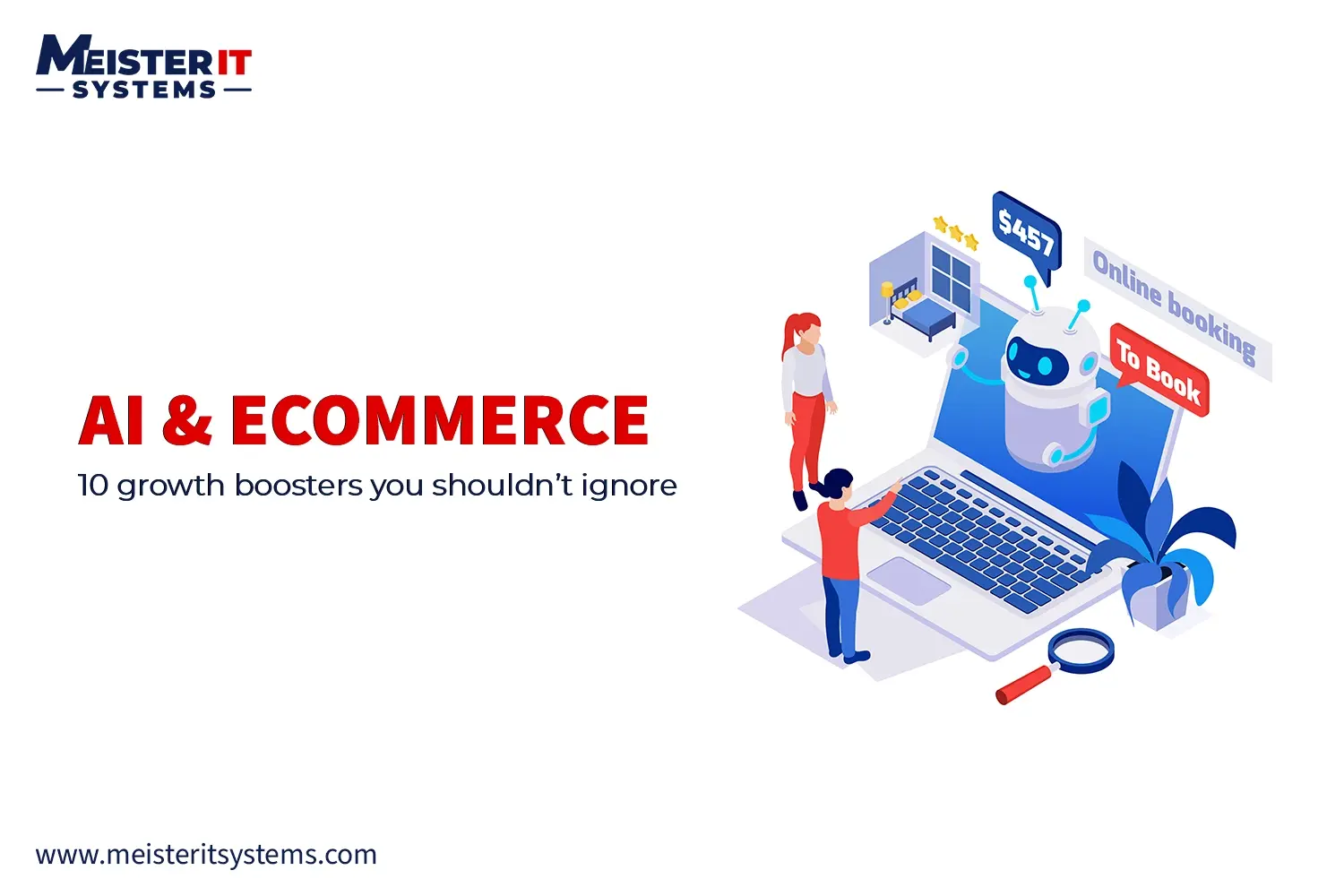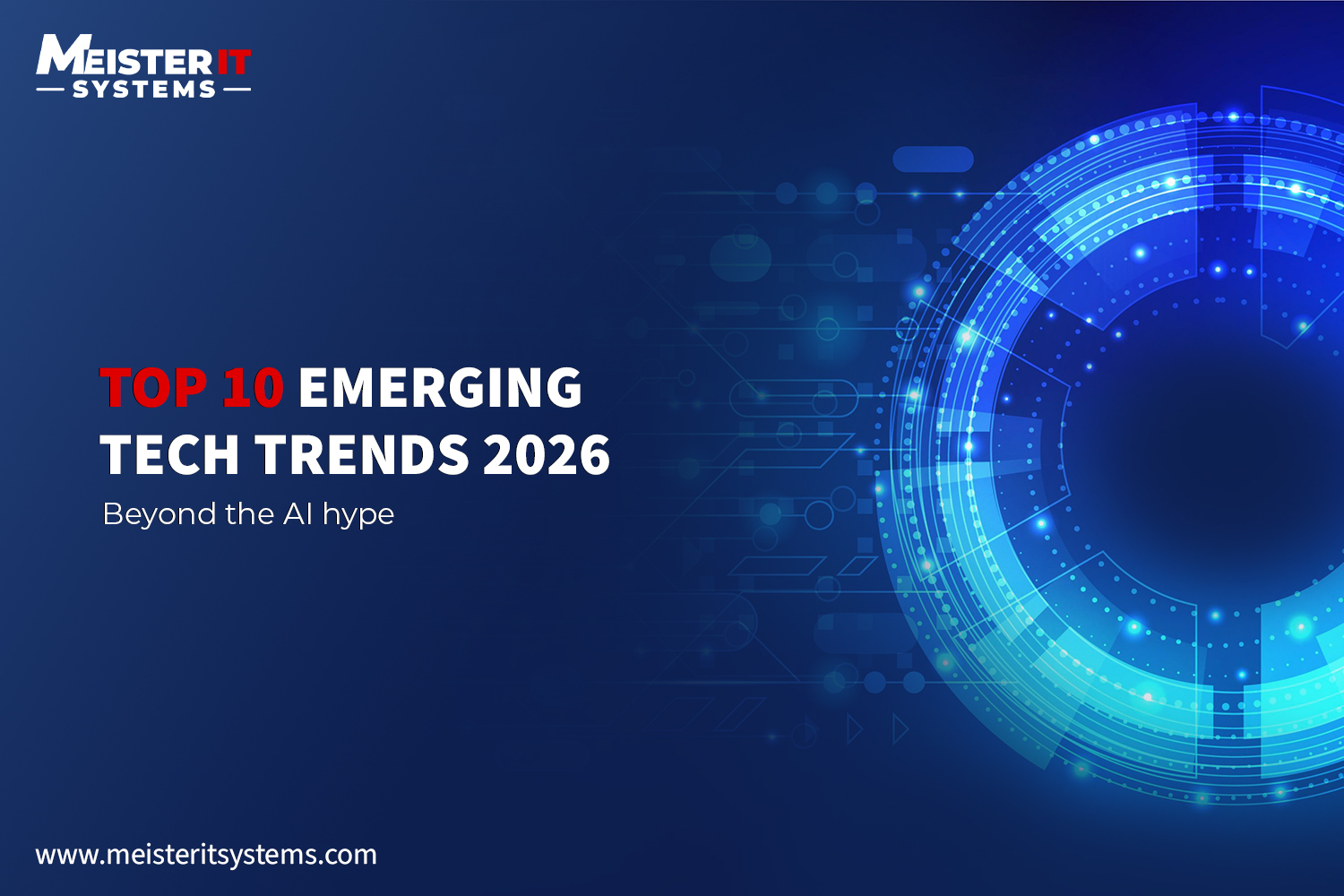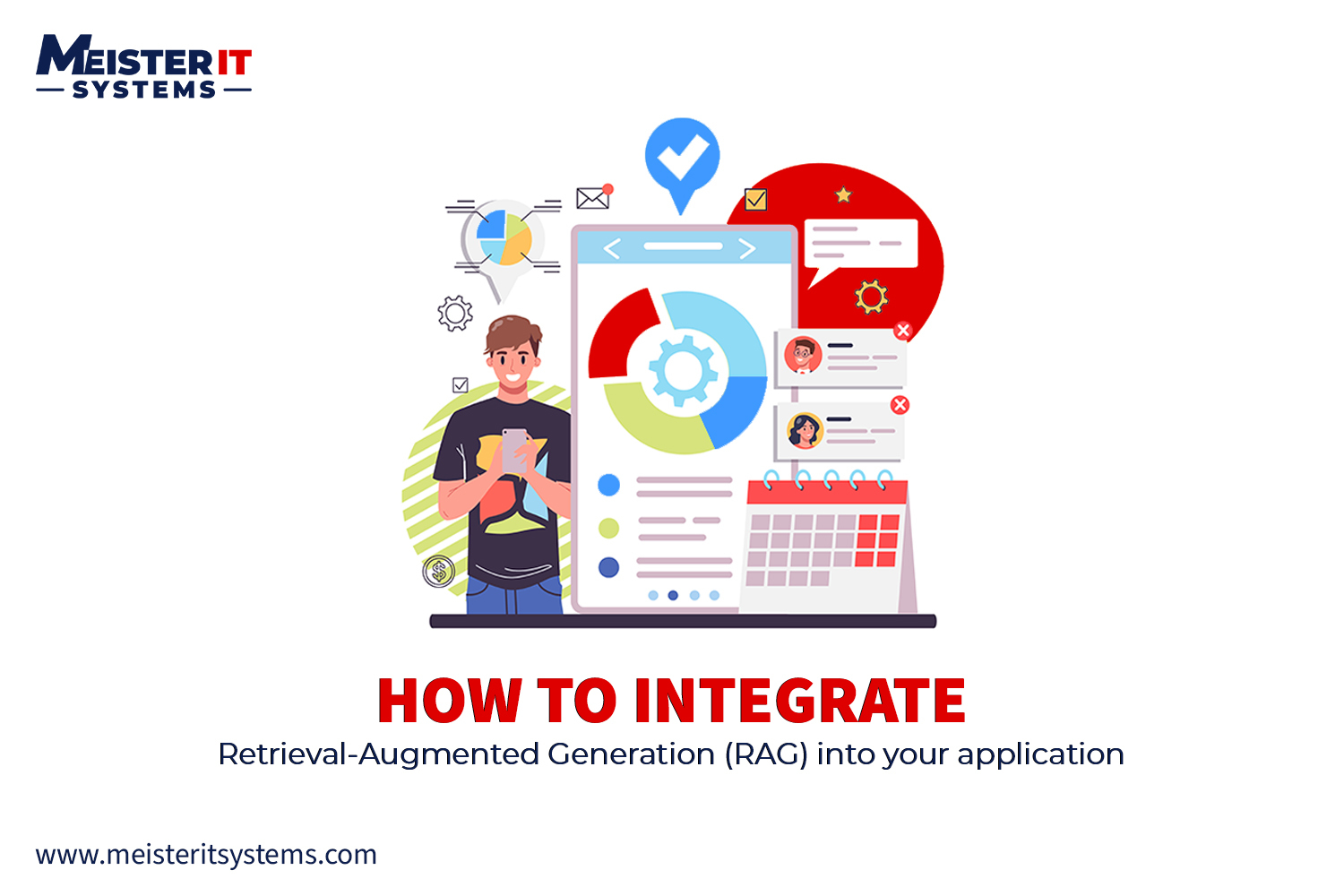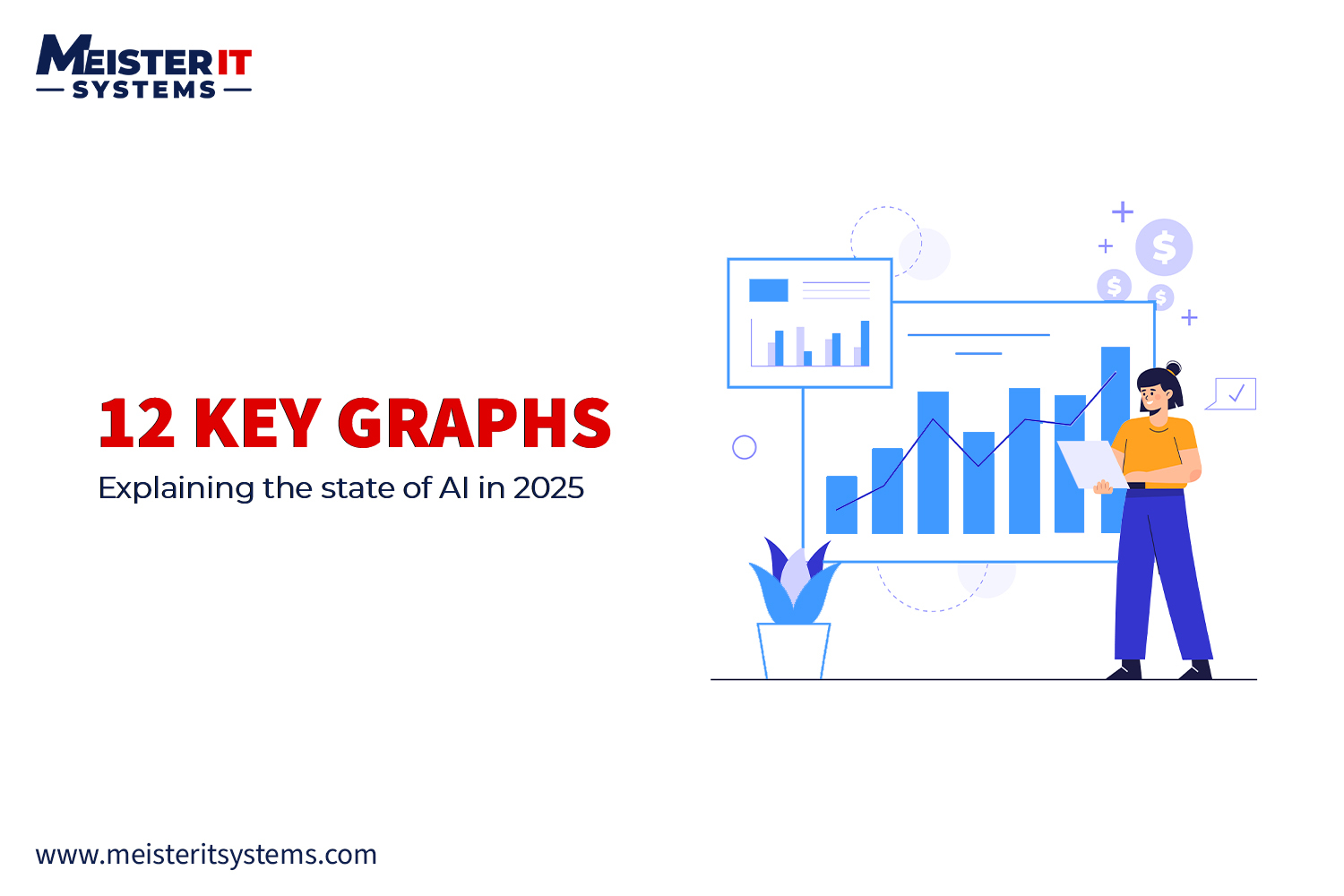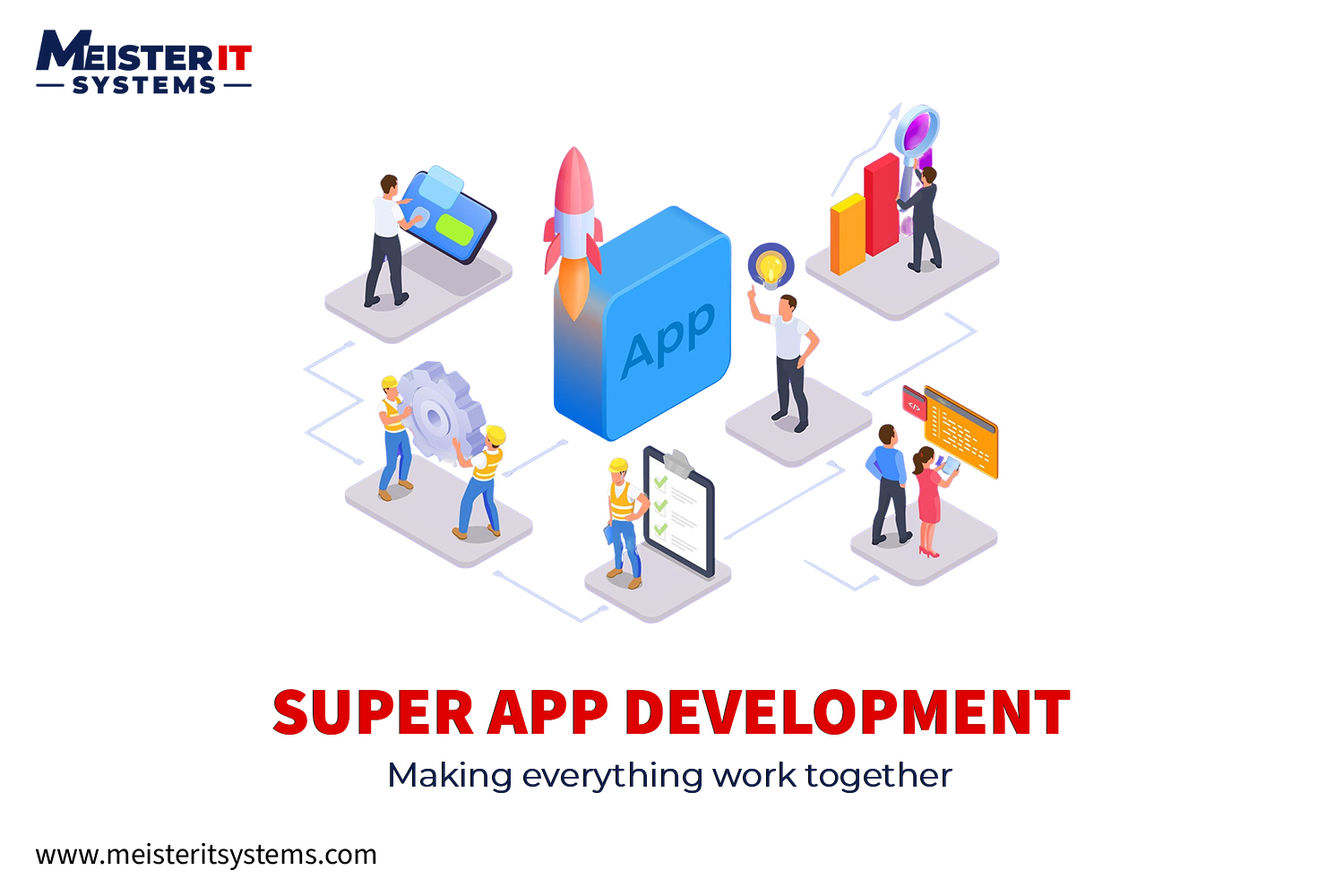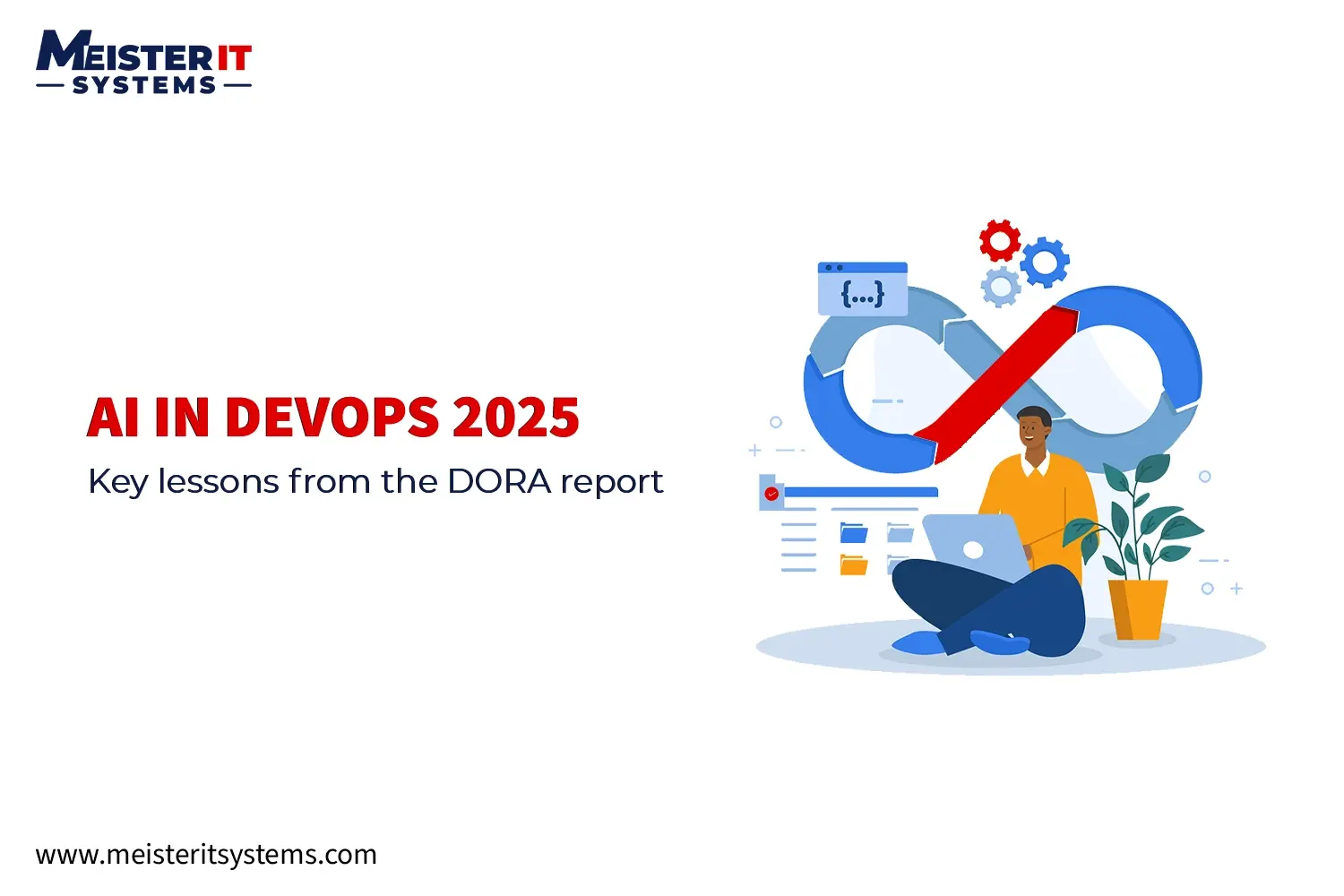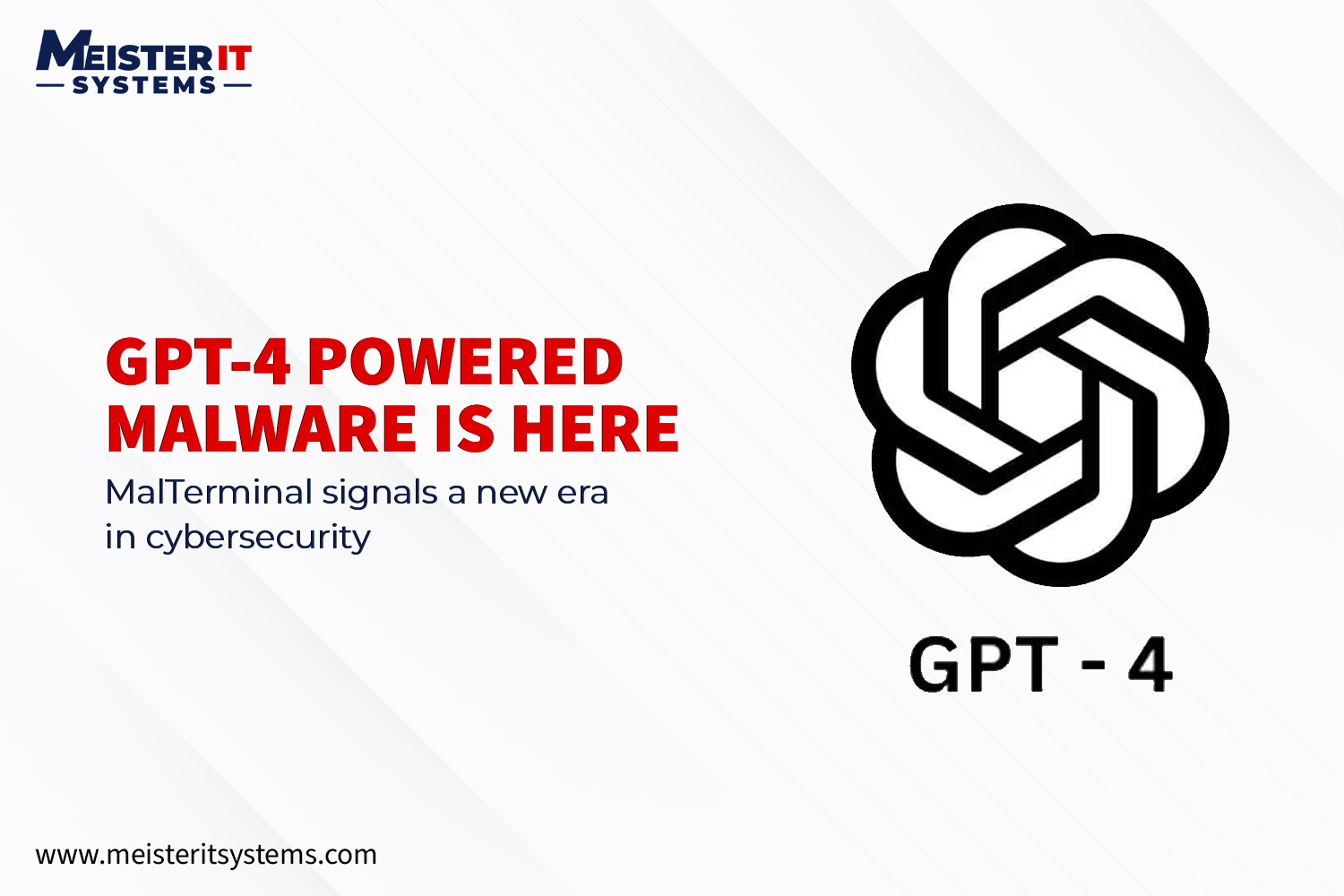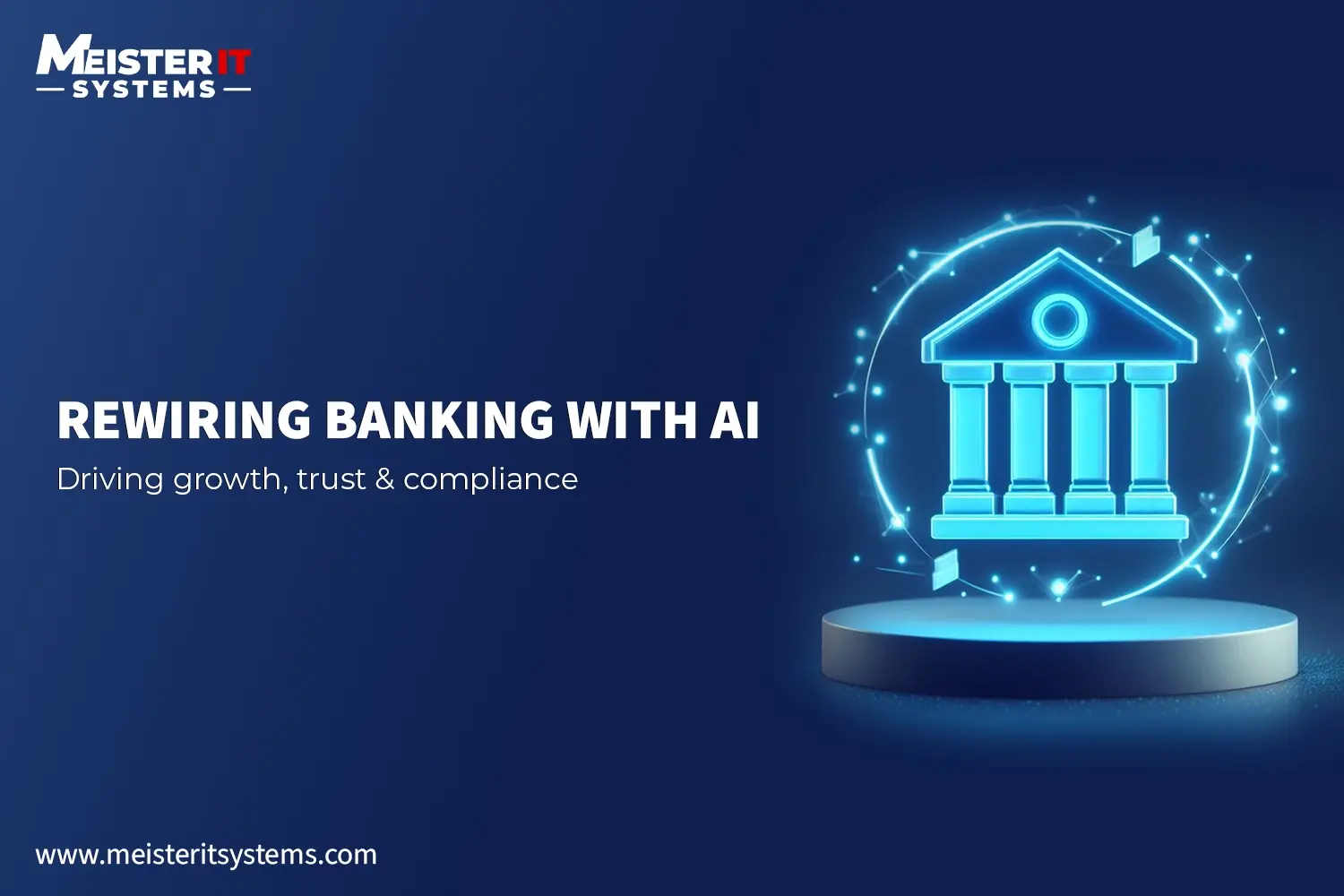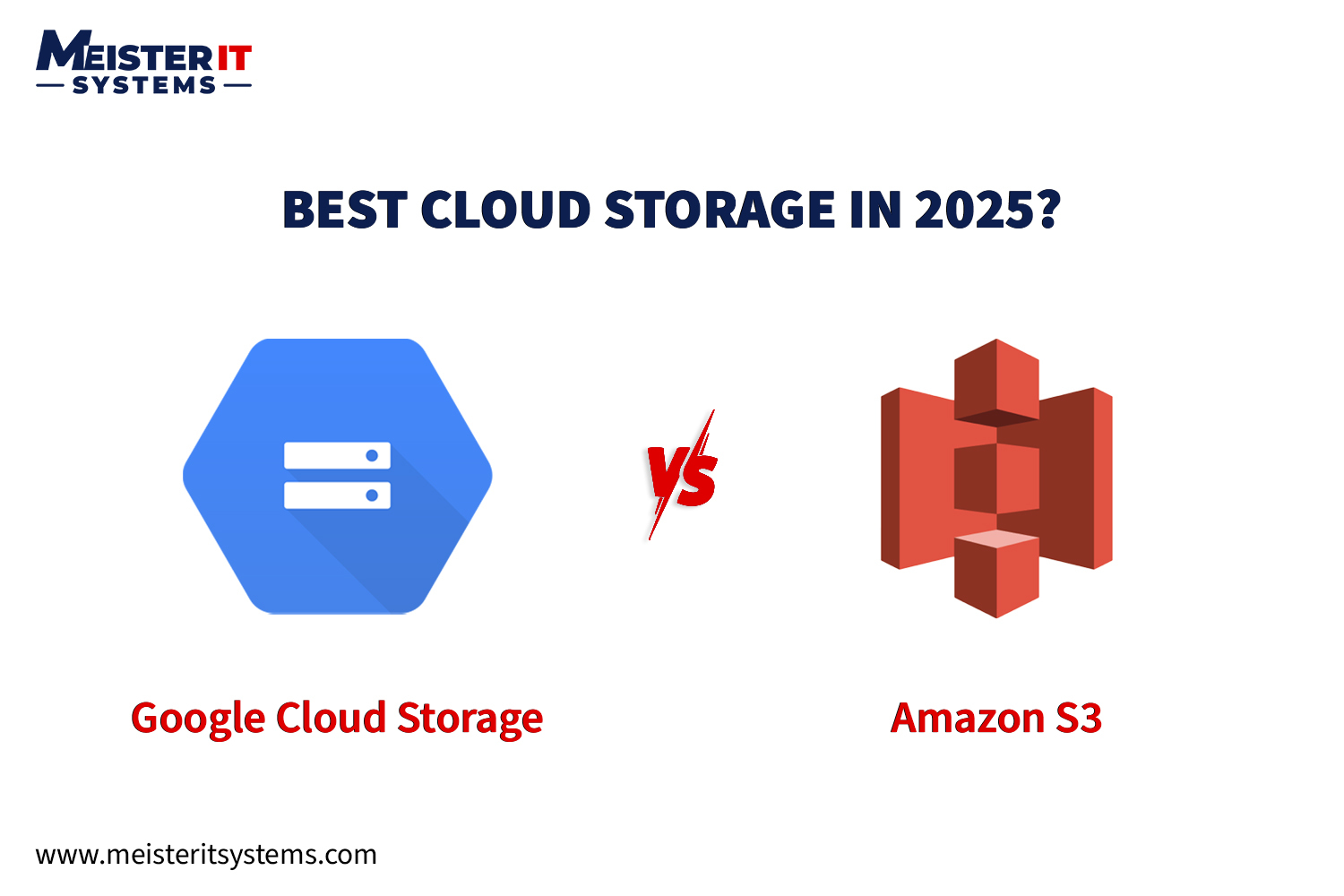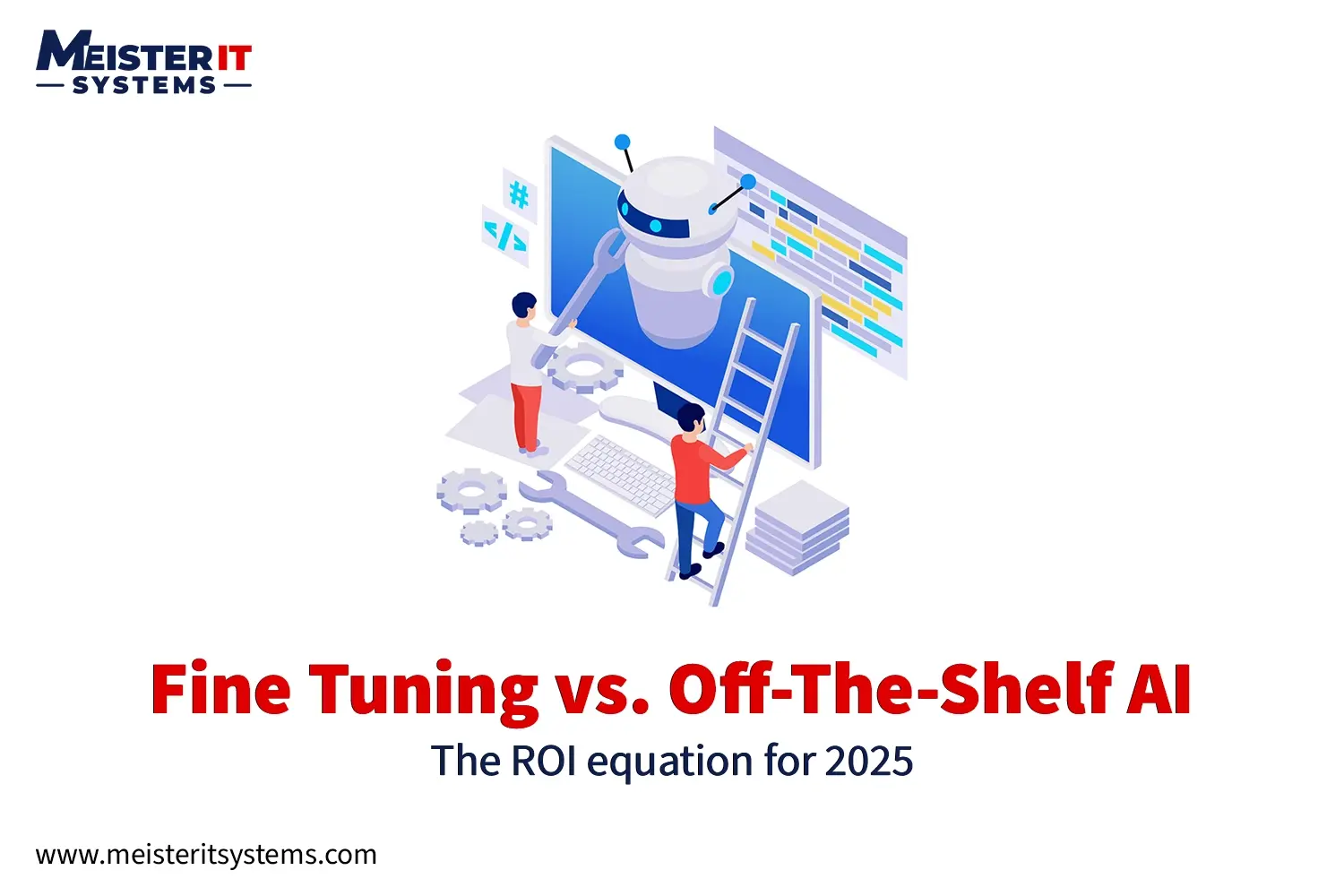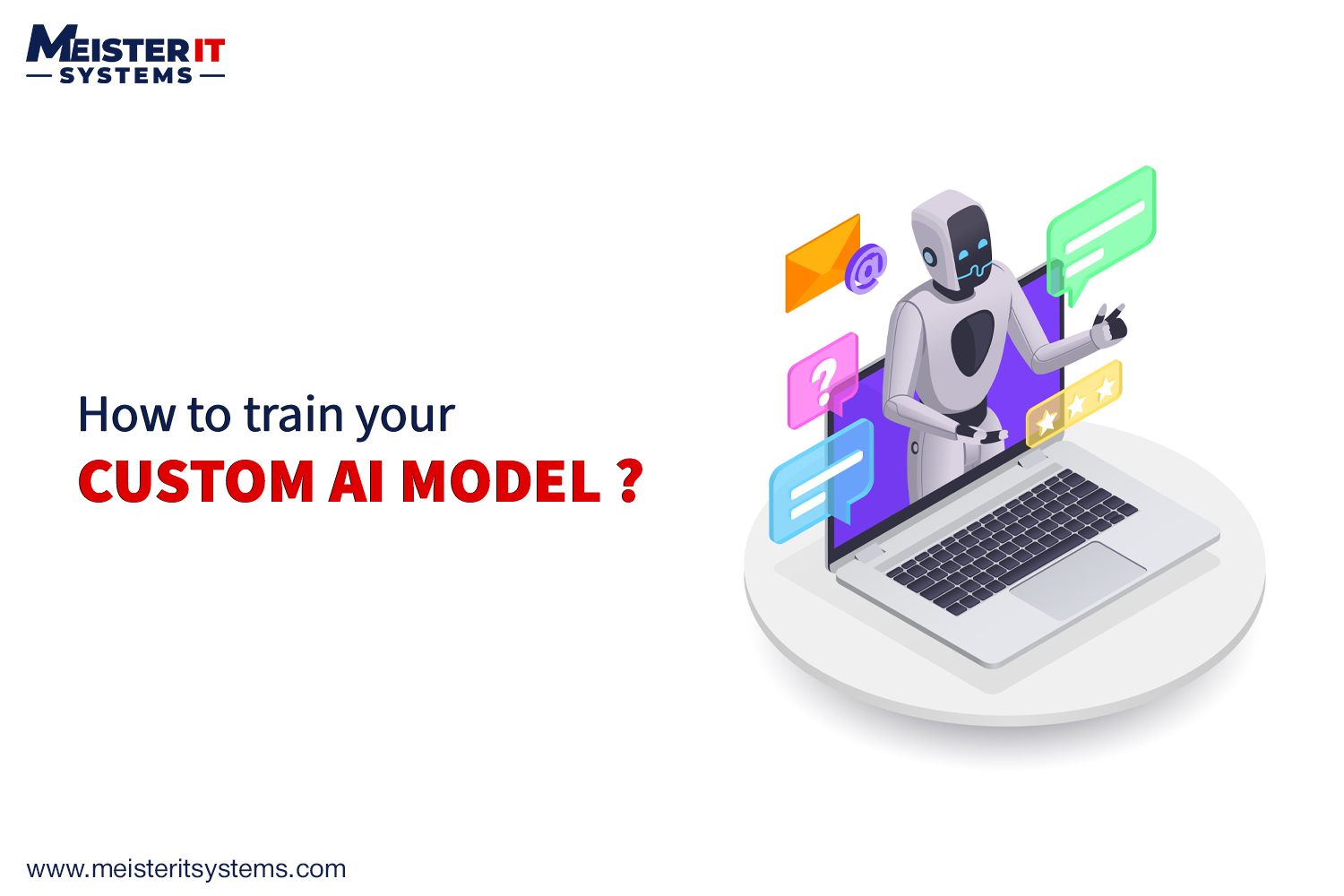
Introduction
In today’s digital world, businesses are constantly seeking efficient and innovative ways to develop their online presence. One such solution that has gained immense popularity is the MERN stack.
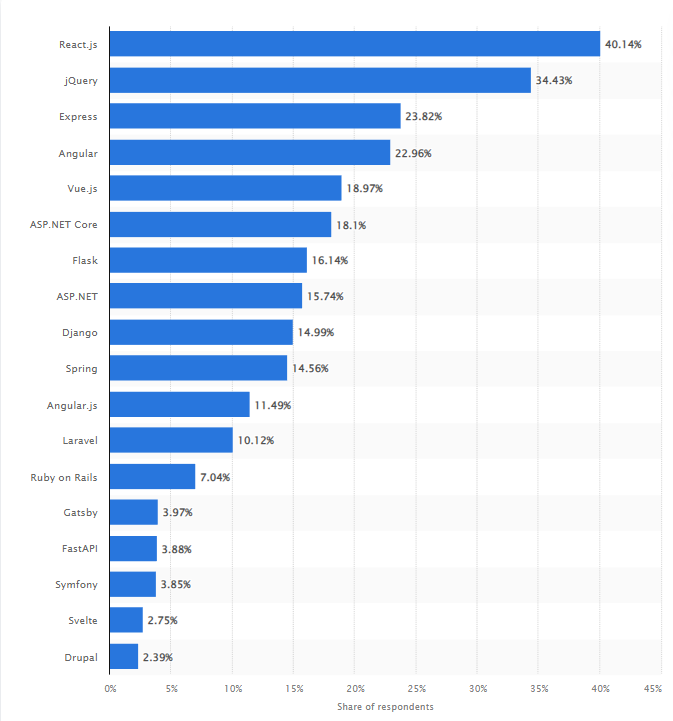
MERN Stack
MERN stack is powered by Javascript, allowing developers to develop robust and dynamic web applications. MERN, which stands for MongoDB, Express.js, React.js, and Node.js, is a powerful combination of technologies, and developments don’t require knowledge of any other programming language.
In the MERN stack:
- React is used to implement the presentation layer Express
- Node for creating the middle and application layer
- MongoDB for the database layer
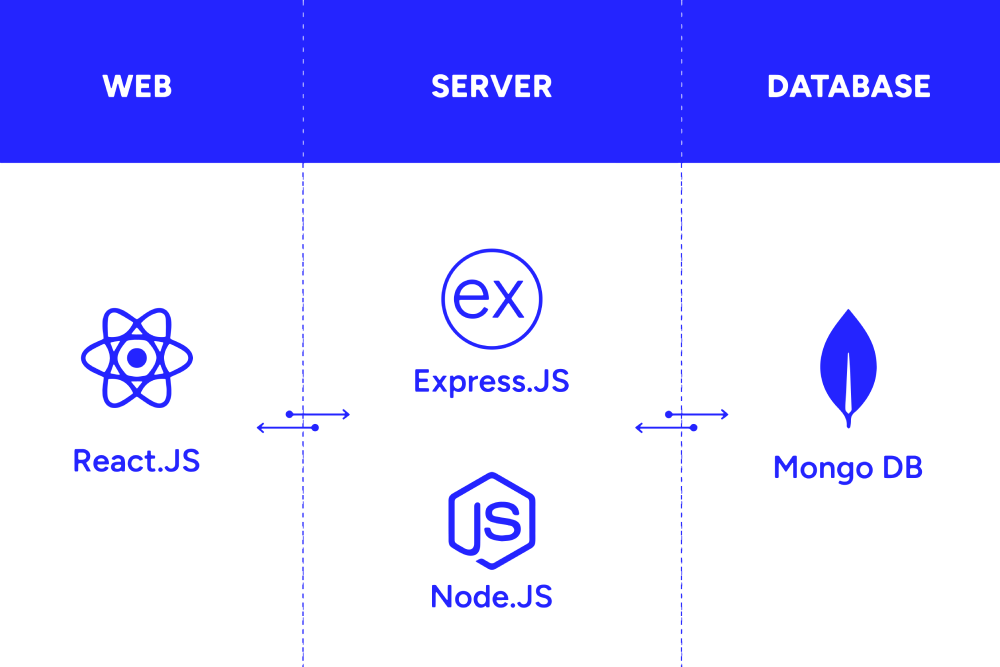
MERN Stack Components
MERN stack leverages below frameworks/tools for creating full-stack applications:-
MongoDB (database layer)
- MongoDB is a NoSQL database that offers flexibility and scalability.
- Ideal for handling large volumes of data.
- Its document-oriented structure allows for easy storage and retrieval of data, making it well-suited for modern web applications.
Express.js
- Express.js is a minimalist web application framework for Node.js.
- It provides a set of features for building web applications and APIs quickly and easily.
- With its middleware support, routing capabilities, and simplicity, Express.js simplifies the process of developing server-side logic.
React.js
- React.js is a JavaScript library for building user interfaces.
- It allows developers to create reusable UI components, making the development process more efficient and scalable.
- With its virtual DOM implementation and declarative syntax, React.js enables the creation of interactive and dynamic user interfaces.
Node.js
- Node.js is a JavaScript runtime environment that allows developers to run JavaScript code on the server side.
- It provides an event-driven architecture and non-blocking I/O, making it lightweight and efficient for handling concurrent requests.
- Node.js is well-suited for building scalable and high-performance web applications.
Architecture of MERN Stack
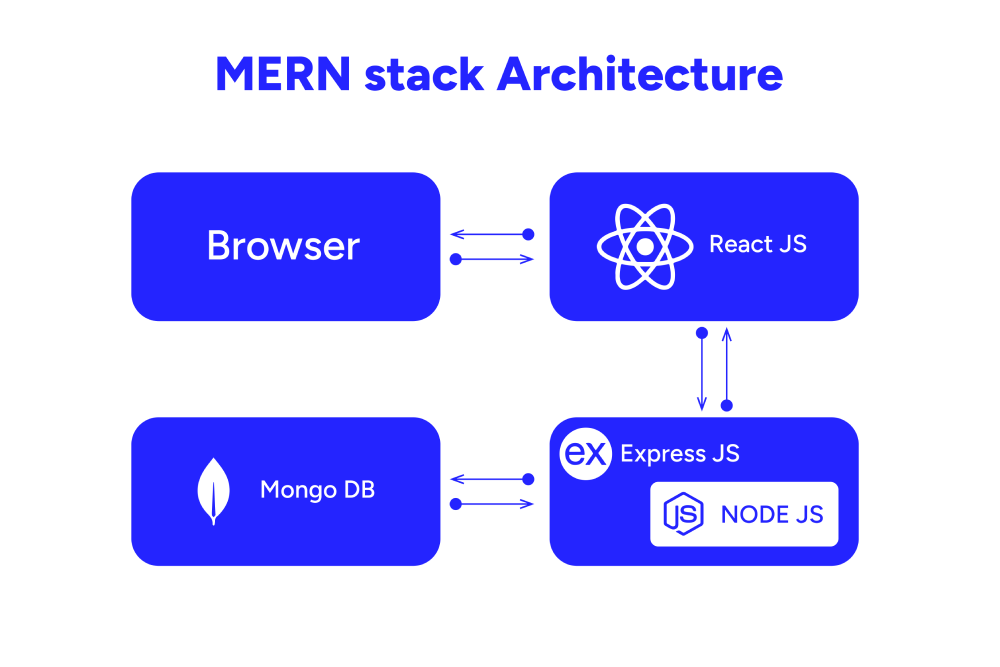
The architecture of the MERN stack is based on a single language, JavaScript, which allows for seamless integration between the front-end and back-end components. Here’s how the architecture of the MERN stack works:
- Client-Side Rendering: React.js is used for client-side rendering, allowing for a fast and responsive user experience.
- Server-Side Logic: Express.js handles the server-side logic, processing requests from the client and interacting with the database as needed.
- Data Storage: MongoDB stores the application’s data flexibly and is scalable, allowing for easy retrieval and manipulation.
- Integration with Node.js: Node.js serves as the runtime environment for the server-side code, allowing for efficient handling of concurrent requests.
Benefits of Using the MERN Stack for Your Business
The MERN stack offers a myriad of benefits that can propel your business to new heights. From unparalleled scalability to enhanced development efficiency, adopting the MERN stack can be a game-changer for businesses of all sizes. Let’s deep-dive into the transformative advantages of leveraging the MERN stack and discover how it can empower your business to succeed in today’s digital era!
Rapid Development
MERN stack allows for rapid development of web applications due to its simplicity and ease of use. With a unified JavaScript language across the stack, developers can write code more efficiently and focus on building features rather than dealing with compatibility issues.
Scalability
MongoDB’s scalability allows businesses to handle large volumes of data and scale their applications as needed. With support for sharding and replication, MongoDB can easily accommodate growing user bases and increasing data loads.
Flexibility
The modular nature of MERN stack components allows for flexibility in architecture and development. Developers can choose the best tools and libraries for their specific needs, ensuring that the application meets the requirements of the business.
Performance
MERN stack applications are known for their performance and responsiveness. With React.js handling client-side rendering and Node.js providing non-blocking I/O, applications built with the MERN stack can deliver a fast and seamless user experience.
Community Support
The MERN stack has a large and active community of developers, providing support, resources, and libraries to help businesses build and maintain their applications. This community-driven ecosystem ensures that businesses have access to the latest tools and best practices for web development.
Use Cases of MERN Stack
With MERN Stack, you can build whatever you want – though it’s perfect for cases that are cloud-native, JSON-heavy, and have dynamic web interfaces. Some of the best examples of the MERN Stack use cases are to-do apps, workflow management apps, Calendars, news aggregation, and interactive forums/social products.
- E-commerce Platforms (like Amazon) The MERN stack allows businesses to create dynamic and interactive shopping experiences for their customers, with features such as real-time product updates, personalized recommendations, and secure payment processing.
- Social Media Applications: Social media applications can benefit from the rapid development and scalability of the MERN stack. With features such as user authentication, real-time messaging, and content sharing, businesses can create engaging and interactive social platforms to connect with their audience. Facebook, Instagram, WhatsApp, DropBox, and Netflix are using the mobile apps built with MERN Stack.
- Content Management Systems: The MERN stack is ideal for building content management systems (CMS) that require a flexible and scalable architecture. Businesses can create custom CMS solutions to manage their digital content, with features such as rich text editing, media management, and workflow automation. Some of the popular ones are KeystoneJS, ApostropheCMS, and Strapi.
- Data Analytics Platforms: The MERN stack can be used to build data analytics platforms that require processing large volumes of data in real-time. Businesses can create custom dashboards and visualizations to analyze their data and make informed decisions, with features such as data visualisation, predictive analytics, and machine learning integration.
Conclusion
In conclusion, the MERN stack offers a powerful and versatile solution for businesses looking to develop modern web applications. With its flexible architecture, rapid development capabilities, and scalability, the MERN stack can help businesses create dynamic and engaging online experiences for their users. Whether you’re building an e-commerce platform, a social media application, or a data analytics platform, the MERN stack provides the tools and technologies you need to succeed in today’s digital landscape.





